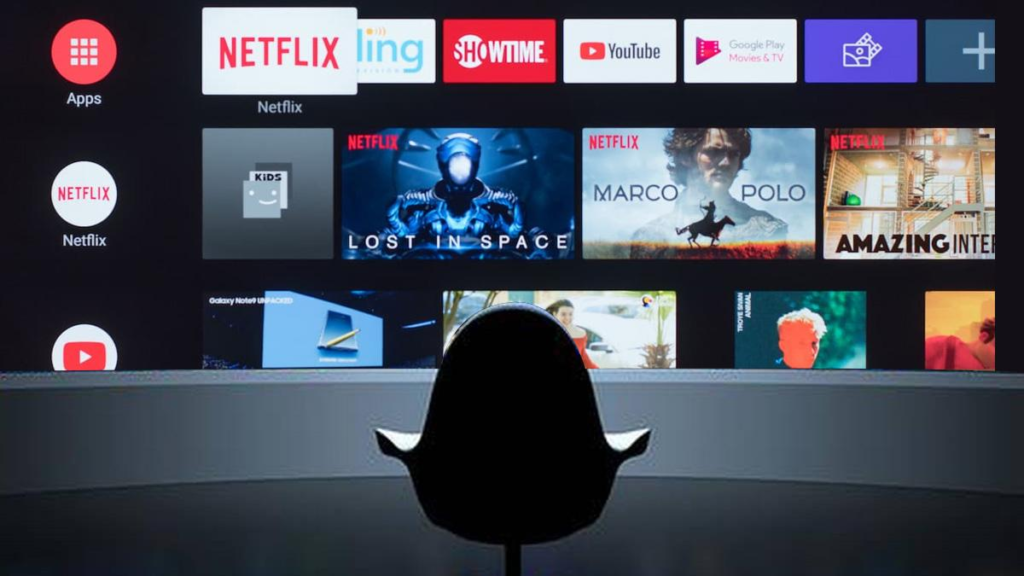The Rise of OTT Platforms: A Case Study
How OTT Platforms Work
Over-the-top (OTT) platforms have revolutionized the way we consume media. These digital platforms deliver content directly to viewers over the internet, bypassing traditional cable and satellite providers. This shift has led to a surge in the popularity of OTT services like Netflix, Amazon Prime Video, and Disney+.

OTT platforms function by delivering content through apps or websites, accessible on various devices such as smartphones, tablets, computers, and smart TVs. They leverage video streaming technology to allow users to select and watch content on-demand, providing a personalized viewing experience. This flexibility and convenience have drawn millions of subscribers away from traditional television.
How OTT Platforms Earn Profits
To generate revenue, OTT platforms employ several strategies:
- Subscription Fees: This is the most common model, where users pay a monthly or annual fee for access to a vast library of content. Platforms like Netflix and Amazon Prime Video primarily rely on this model.
- Advertising Revenue: Some platforms, especially those offering free content, generate revenue through advertisements. These ads can be displayed before or during content playback.
- Content Licensing: Many OTT platforms license content from production studios and distributors. They pay licensing fees to secure the rights to stream movies, TV shows, and other content.
- Original Content: Several platforms produce their own original content, which helps them attract and retain subscribers. This strategy has been particularly successful for Netflix, which has produced critically acclaimed shows like “Stranger Things” and “Squid Game.”
Factors Contributing to the Success of OTT Platforms
The success of OTT platforms can be attributed to several factors:
- Personalized Experience: These platforms use algorithms to recommend content based on user preferences, enhancing the viewing experience.
- High-Quality Content: OTT platforms invest heavily in producing and acquiring high-quality content, attracting a diverse audience.
- Device Compatibility: They are accessible on a wide range of devices, making it easy for users to watch content anytime, anywhere.
- Affordability: Subscription fees are often more affordable than traditional cable or satellite TV packages.
In conclusion, OTT platforms have disrupted the traditional media landscape by offering a convenient, personalized, and affordable way to consume content. Their ability to adapt to changing consumer preferences and their focus on high-quality content have contributed to their rapid growth and success.










